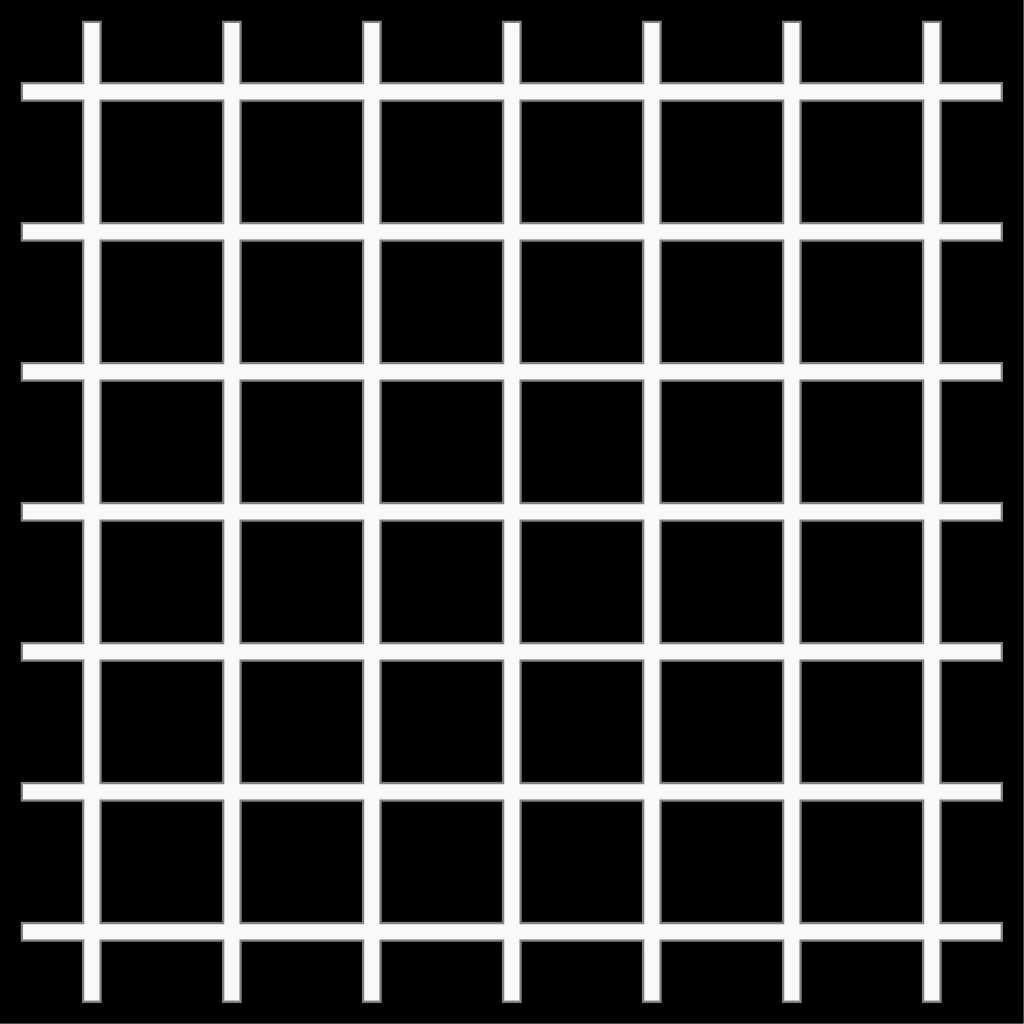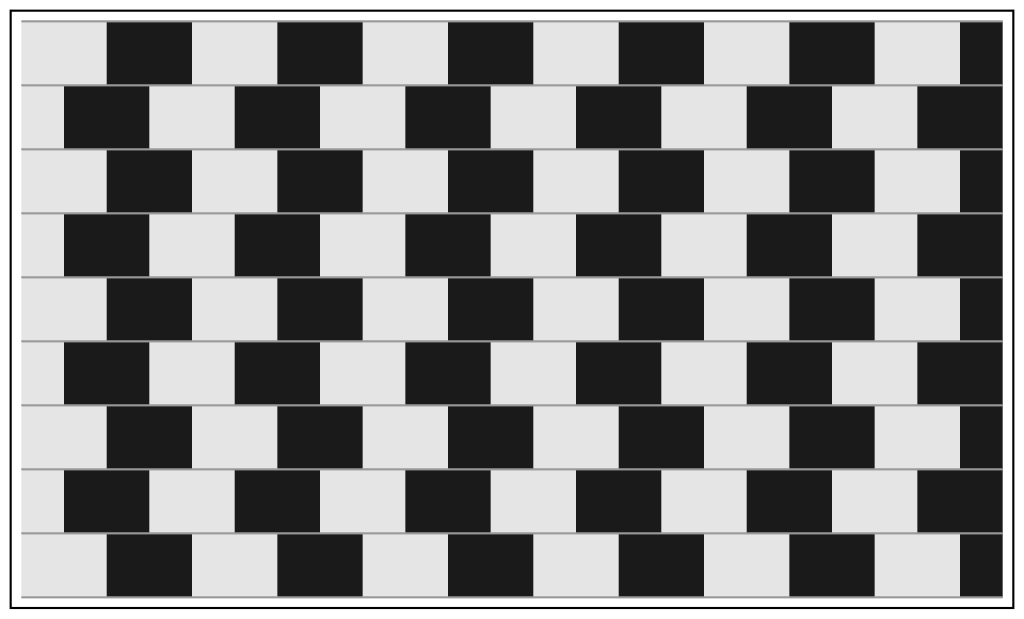Optical illusions have captivated human minds for centuries, challenging our perception and tricking our brains into seeing the impossible. These mind-bending phenomena have intrigued scientists, artists, and curious individuals alike, revealing the fascinating ways our brains interpret visual information. In this article, we will explore ten remarkable optical illusions that defy reality, revealing the astonishing power of our visual perception.
The Ames Room Illusion

The Ames Room illusion is a classic example of how our brains can be easily deceived. In this illusion, a specially constructed room appears perfectly rectangular to the viewer, but it is actually a trapezoidal shape. By manipulating the size and positioning of objects and people within the room, the illusion creates a distorted perception of depth and size. The result is that two individuals standing in the room appear drastically different in size, challenging our understanding of spatial perception.
The Penrose Triangle

The Penrose Triangle, also known as the impossible triangle, is an optical illusion that depicts a three-dimensional object that cannot exist in reality. Created by mathematician Roger Penrose, this illusion tricks our brains by presenting a drawing that appears plausible at first glance but defies the laws of geometry. The Penrose Triangle challenges our perception of depth and spatial relationships, leaving us in awe of its impossible structure.
The Hermann Grid Illusion

The Hermann Grid Illusion is a captivating visual phenomenon that plays tricks on our eyes. When viewing a grid of black squares arranged in a checkerboard pattern with white intersections, gray ghost-like shapes seem to appear at these intersections. This illusion occurs due to the way our visual system processes contrast and lateral inhibition. Although the gray shapes appear to be present, they are simply the result of our brain’s interpretation of the visual information.
The Rotating Snakes Illusion

The Rotating Snakes Illusion is an optical phenomenon that mesmerizes viewers with its illusory motion. Created by Akiyoshi Kitaoka, this illusion presents a series of circular patterns with strategically placed curved lines. Despite the fact that the image is static, the circles seem to rotate and pulsate, creating a sensation of movement. This captivating illusion showcases how our visual system can be easily tricked into perceiving motion where there is none.
The Kanizsa Triangle
The Kanizsa Triangle is a striking illusion that demonstrates the power of our brain to fill in missing information. In this illusion, three Pac-Man-like shapes are arranged in such a way that our brains automatically perceive the presence of an equilateral triangle. The triangle appears vividly, even though it is not physically present in the image. This phenomenon, known as illusory contours, reveals how our brain constructs meaningful objects from incomplete visual stimuli.
The Café Wall Illusion

The Café Wall Illusion is a deceptive pattern that gives the impression of tilted lines. Named after the illusion’s resemblance to a tiled wall in a café, this phenomenon occurs when black and white horizontal lines are interspersed with alternating rows of staggered black and white squares. Although the lines are parallel, they appear to be sloping, creating a striking visual effect. This illusion exploits the interaction between contrast and our brain’s tendency to perceive patterns, leading to a distorted perception of the image.
The Moiré Effect

The Moiré Effect is a captivating optical illusion that occurs when two overlapping patterns create a new pattern or a series of unwanted visual artifacts. This phenomenon arises due to the interference between the repetitive structures of the two patterns, resulting in the formation of new shapes, lines, or colors that are not present in either pattern individually. The Moiré Effect is commonly observed in situations where fine lines, grids, or screens overlap, providing a mesmerizing display of unexpected visual patterns.
The Blivet

The Blivet, also known as the impossible fork, is an optical illusion that challenges our perception of object structure and continuity. This illusion features a peculiar object that appears to have three prongs at one end but only two at the other, creating an impossible configuration. Despite knowing that such an object cannot exist in reality, our brain struggles to reconcile the conflicting visual information, leaving us puzzled and intrigued by this paradoxical illusion.
Optical illusions continue to captivate and challenge our understanding of visual perception. The ten mind-bending illusions discussed in this article showcase the remarkable ways in which our brain interprets and processes visual information. From impossible structures to illusory motion, these phenomena highlight the complex relationship between our sensory perceptions and the underlying neural mechanisms. By studying optical illusions, we gain valuable insights into the inner workings of our brain and the delicate balance between perception and reality. So, the next time you encounter an optical illusion, take a moment to appreciate the wonders of our visual system and the fascinating ways in which it can be deceived.